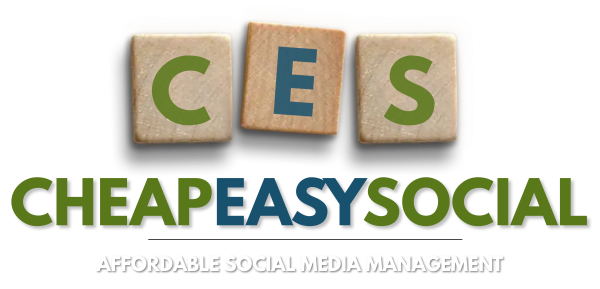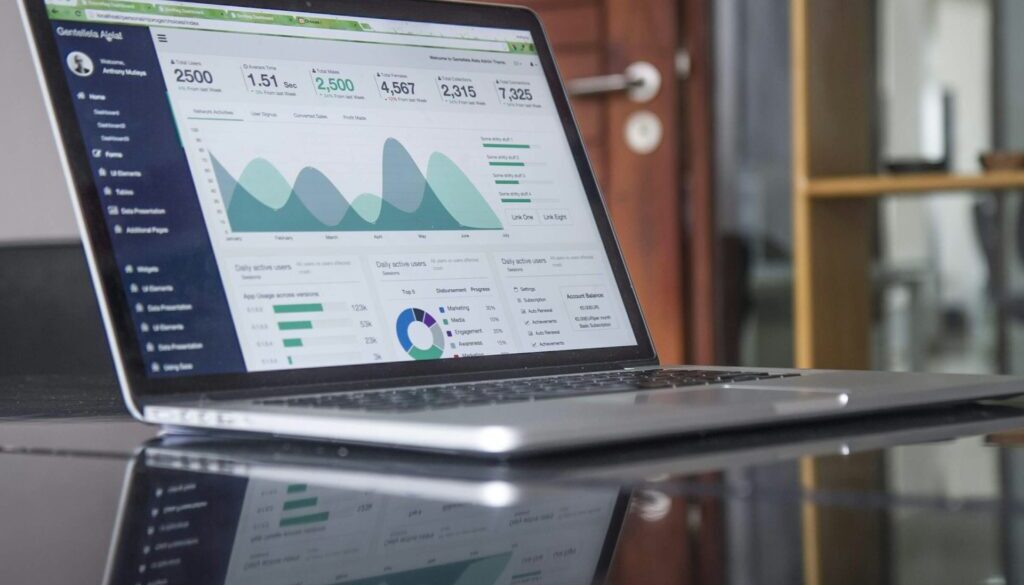Building a Facebook Sales Funnel: From Awareness to Conversion
In today’s digital age, a well-constructed sales funnel is crucial for businesses looking to maximize their online presence and convert potential customers into loyal buyers. Facebook, with its vast user base and sophisticated targeting options, offers an ideal platform for building a robust sales funnel. This guide will walk you through the process of constructing a Facebook sales funnel, from creating initial awareness to driving conversions.
1. Understanding the Facebook Sales Funnel
A sales funnel is a step-by-step process that guides potential customers through the journey of discovering your product or service, engaging with your brand, and ultimately making a purchase. The key stages of a Facebook sales funnel include:
- Awareness: This is the top of the funnel, where you introduce your brand to a broad audience who may not yet be familiar with your offerings.
- Consideration: In this stage, you engage with users who have shown interest in your brand, nurturing them towards making a purchase decision.
- Conversion: The final stage, where the goal is to convert interested prospects into paying customers.
2. Stage 1: Building Awareness
The first step in any sales funnel is to build awareness among your target audience. At this stage, your goal is to reach as many relevant people as possible and make them aware of your brand, product, or service.
Key Strategies:
- Targeted Ads: Use Facebook’s advanced targeting options to reach users who fit your ideal customer profile. You can target based on demographics, interests, behaviors, and more. The more specific your targeting, the more effective your ads will be.
- Engaging Content: Create high-quality, engaging content that captures attention. This could include videos, infographics, blog posts, or carousel ads that highlight your brand’s unique selling points (USPs). At this stage, focus on content that educates, entertains, or informs, rather than directly selling your product.
- Brand Storytelling: Use storytelling to connect with your audience on an emotional level. Share the story behind your brand, your mission, and what makes you different from competitors. Storytelling can help build a connection with potential customers and make your brand more memorable.
Measuring Success: Monitor metrics such as reach, impressions, and engagement to gauge the effectiveness of your awareness campaigns. The goal is to maximize the number of people who become aware of your brand.
3. Stage 2: Driving Consideration
Once you’ve built awareness, the next step is to move prospects into the consideration phase. At this stage, users are aware of your brand and are considering whether your product or service is right for them.
Key Strategies:
- Retargeting Ads: Use Facebook’s retargeting capabilities to reach users who have interacted with your brand but haven’t yet made a purchase. For example, you can target users who have visited your website, engaged with your Facebook page, or watched a video ad. Retargeting keeps your brand top-of-mind and encourages users to take the next step.
- Lead Generation: Encourage prospects to share their contact information by offering something of value in return. This could be a downloadable guide, a free trial, or a discount code. Facebook Lead Ads are particularly effective for this, as they allow users to submit their information directly within the platform, without leaving Facebook.
- Social Proof: Showcase testimonials, case studies, and reviews to build trust and credibility. Seeing that others have had a positive experience with your brand can help persuade prospects to move closer to making a purchase decision.
Measuring Success: Track metrics such as click-through rates (CTR), cost per lead, and engagement with retargeting ads. Success in this stage is indicated by an increase in leads or the number of users who take action after engaging with your brand.
4. Stage 3: Converting Prospects
The final stage of the funnel is where the magic happens—converting interested prospects into paying customers. At this point, your audience is familiar with your brand and is close to making a purchase decision.
Key Strategies:
- Conversion-Focused Ads: Create ads that directly drive conversions, such as product ads, dynamic ads, or offers that emphasize urgency (e.g., limited-time discounts). Use clear and compelling calls to action (CTAs) to encourage users to make a purchase.
- Optimized Landing Pages: Ensure that the landing pages your ads lead to are optimized for conversions. This means having a clean design, a compelling headline, and a clear CTA. The user experience should be seamless, with fast load times and mobile-friendly design.
- Cart Abandonment Campaigns: If you run an e-commerce business, consider implementing cart abandonment campaigns. These ads target users who added items to their cart but didn’t complete the purchase, reminding them to finalize their order and sometimes offering an additional incentive to do so.
Measuring Success: Monitor conversion metrics such as cost per acquisition (CPA), return on ad spend (ROAS), and the total number of conversions. The goal is to maximize the number of prospects who complete a purchase, while minimizing your acquisition costs.
5. Post-Conversion: Retention and Loyalty
While the primary focus of a sales funnel is to drive conversions, the process doesn’t end once a customer makes a purchase. Building customer loyalty and encouraging repeat business is just as important.
Key Strategies:
- Follow-Up Campaigns: After a customer makes a purchase, use follow-up emails or Facebook ads to thank them for their purchase and suggest related products they might be interested in. Personalized recommendations can help drive additional sales.
- Loyalty Programs: Consider implementing a loyalty program that rewards repeat customers. Promote this program through your Facebook ads to encourage customers to continue buying from you.
- Encourage Reviews and Referrals: Ask satisfied customers to leave reviews on your Facebook page or refer friends to your brand. Positive reviews and referrals are powerful tools for attracting new customers and retaining existing ones.
Measuring Success: Track customer lifetime value (CLV), repeat purchase rates, and engagement with loyalty campaigns. Success in this stage is indicated by strong customer retention and a high level of repeat business.
6. Continuous Optimization
A Facebook sales funnel is not a set-it-and-forget-it strategy. Continuous monitoring and optimization are key to ensuring that your funnel remains effective and that you are getting the most out of your ad spend.
Key Strategies:
- A/B Testing: Regularly test different ad creatives, targeting options, and bidding strategies to see what works best. Use the data to make informed decisions and refine your campaigns.
- Analyze and Adjust: Use Facebook’s robust analytics tools to track the performance of each stage of your funnel. Look for drop-off points where users are failing to move to the next stage and adjust your strategy accordingly.
- Stay Updated: Facebook frequently updates its algorithms, ad formats, and targeting options. Stay informed about these changes to ensure that your funnel is always optimized for the current landscape.
Measuring Success: Success is measured by the overall efficiency of your sales funnel, including the cost per lead, conversion rate, and ROAS across the entire funnel.
Conclusion
Building a Facebook sales funnel is a powerful way to guide potential customers through the buying journey, from initial awareness to final conversion. By carefully crafting each stage of the funnel—awareness, consideration, and conversion—you can maximize your ad spend and drive meaningful results for your business.
Remember that a successful funnel requires continuous optimization. Regularly monitor performance, test new strategies, and adapt to changes in the platform to ensure your funnel remains effective over time. With a well-executed Facebook sales funnel, you can turn prospects into loyal customers and achieve sustained business growth.
cheapeasysocial.com




